How Soviet children struggled with the symbol of totalitarism - school uniform
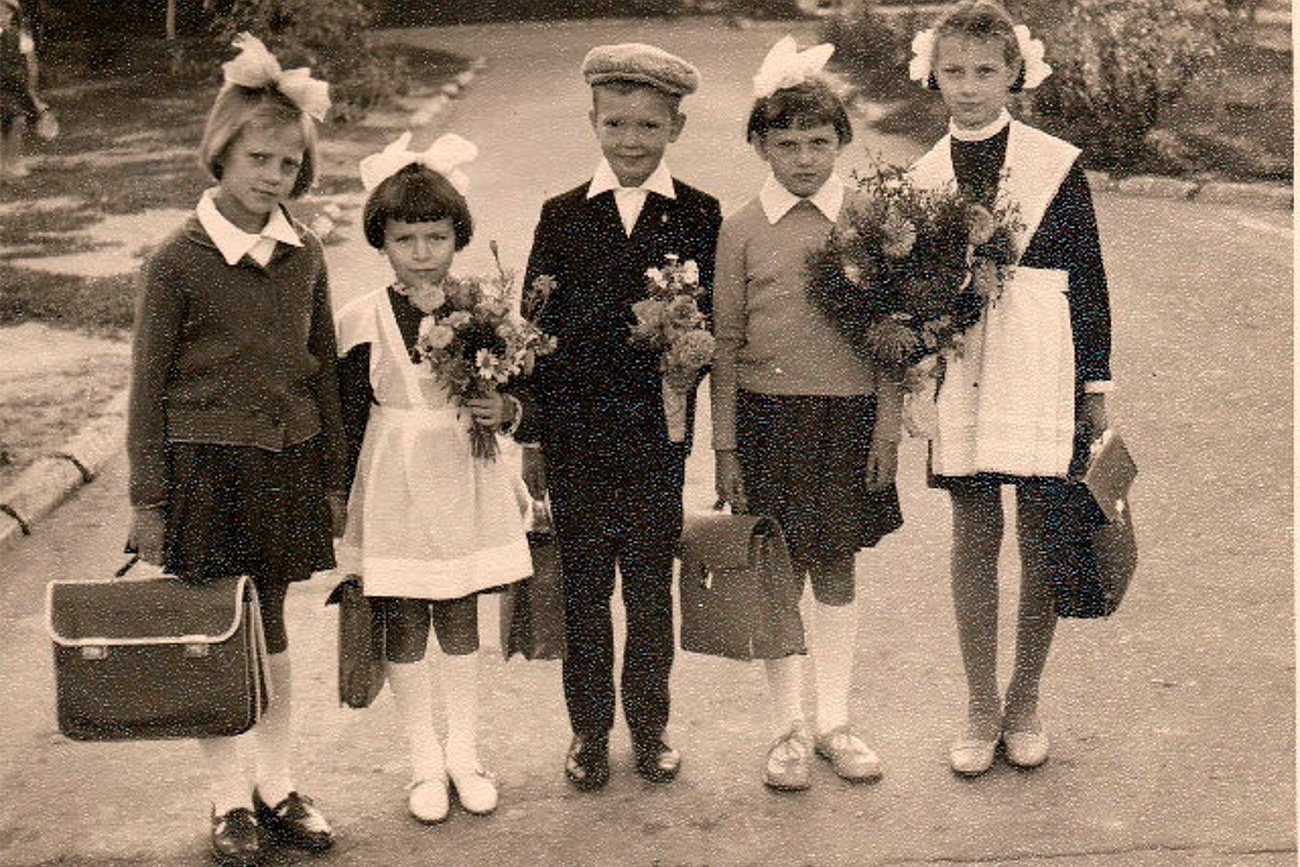
The rarest and most expensive was a dress made of pure wool with a pleated skirt. The wool was quite prickly, and the pleating disappeared when wet. More “democratic” and agreeable to wear were semi-woolen dresses with bell-shaped or softly folded skirts. However, the fabric quickly turned glossy and took on the appearance of a floor cloth.
Sergei Borisov/russiainphoto.ru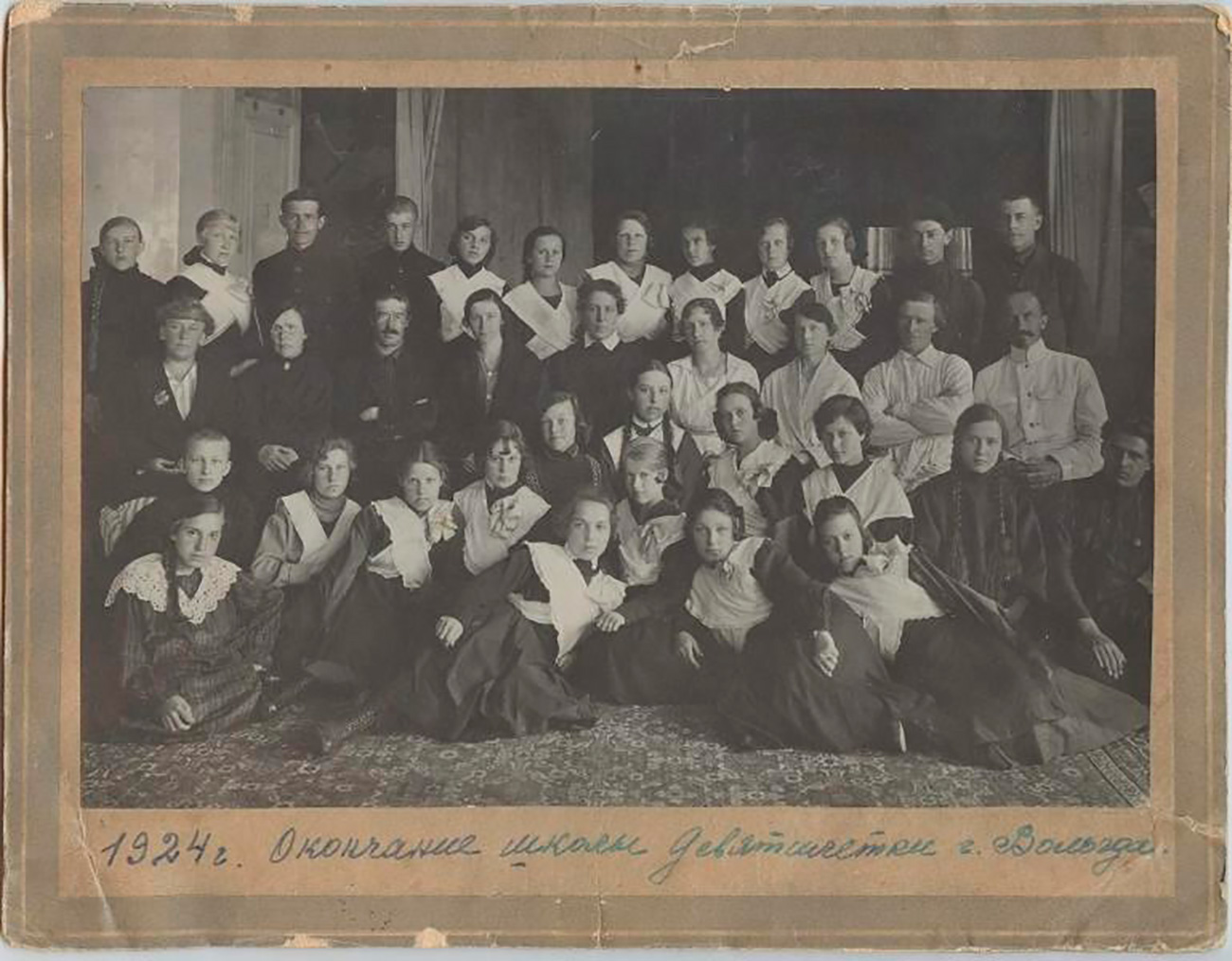
The Soviet Union did not pioneer the idea of the school uniform. It had existed in Tsarist Russia with the same basic design concept: a dark suit for boys and a dark dress for girls with a black and white pinafore for ordinary and festive occasions. From the 1920s to the 1960s, the mandatory wearing of school uniform was seen as natural and even pleasant. Poverty levels in the country were so high that the opportunity to dress in one’s own nice-looking clothes instead of worn-out castoffs was considered a privilege by most children, not an obligation. Moreover, it acted as a way to level out wealth inequality and smooth away the remnants of “ethnic backwardness,” like in Central Asia, for example.
Unknown author/МАММ/russiainphoto.ru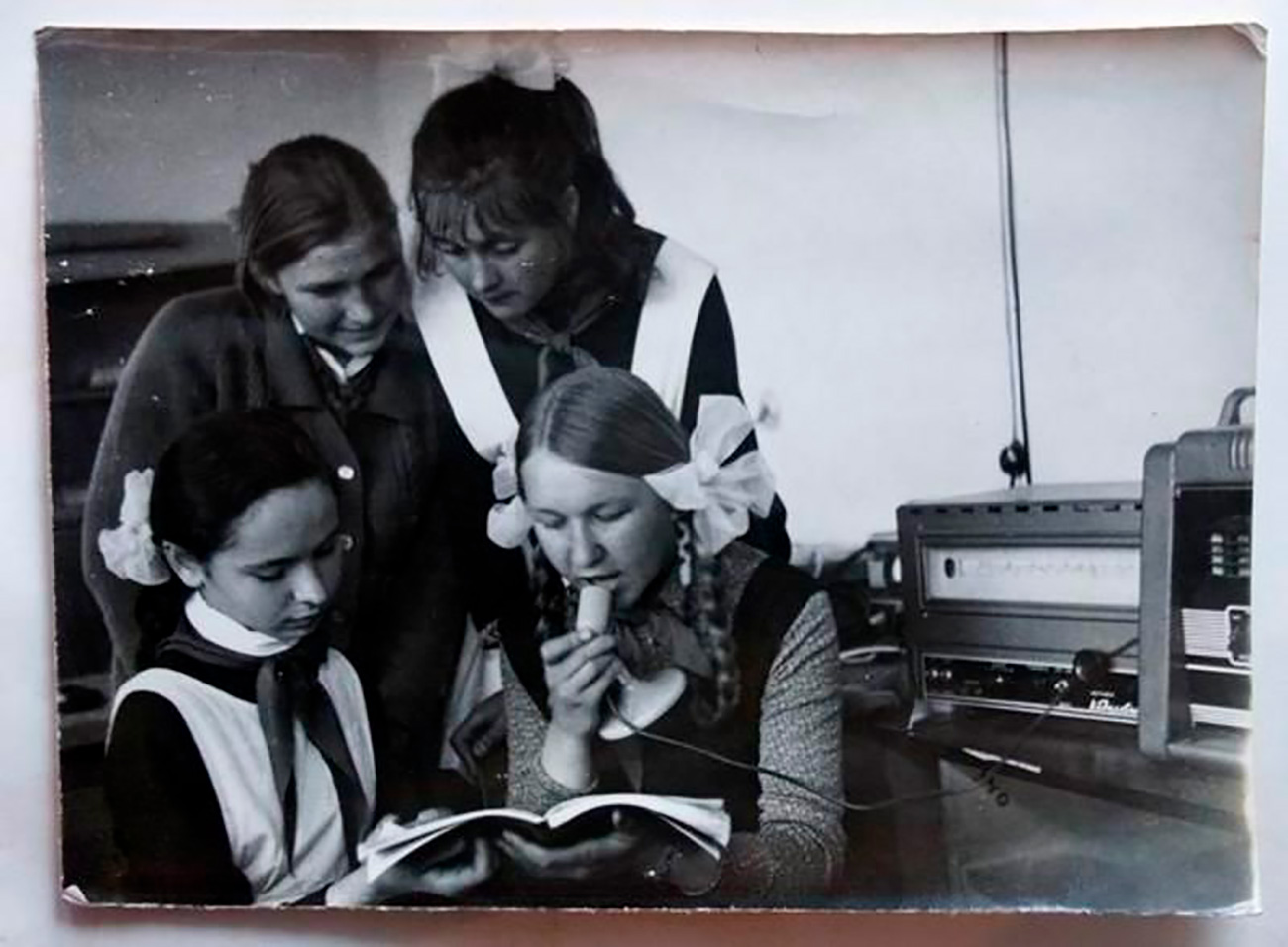
School uniforms were on sale in stores in every corner of the USSR and cost the same everywhere (the price varied at different times) to make them affordable for any family budget (it wasn’t cheap for the less well-off, so it was common practice to buy a larger size and take it up so it would last at least a couple of years).
L. Sergeyenko/Collection of A. Sologubova/russiainphoto.ru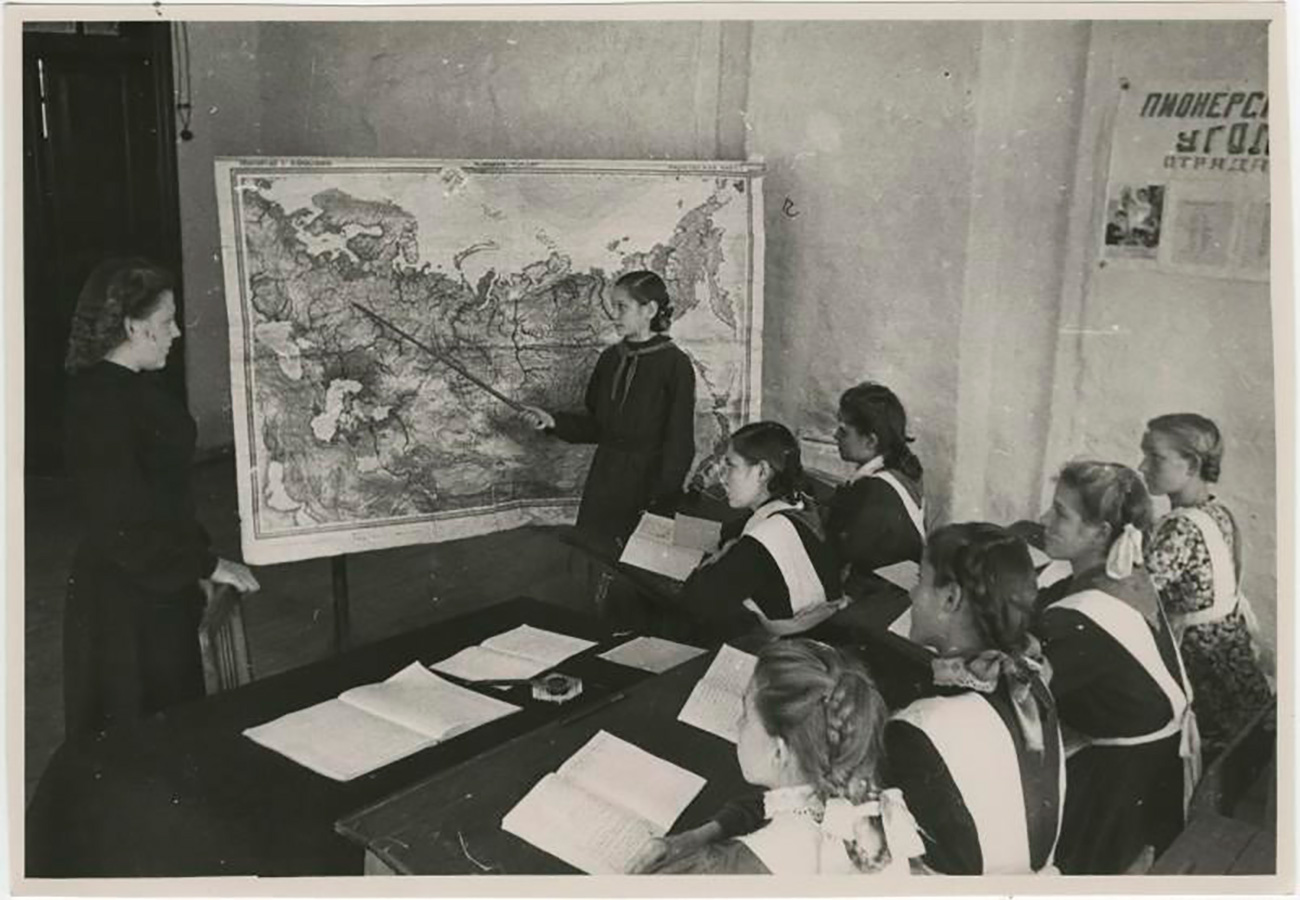
After undergoing a restyling in the 1960s, the uniform turned into a dark blue half-wool suit for boys, with an almost military-style jacket, and a brown dress for girls with pinafores of two colors. Whereas boys were stuck with a single model, girls had a few options.
Viktor Temin/MAMM/russiainphoto.ru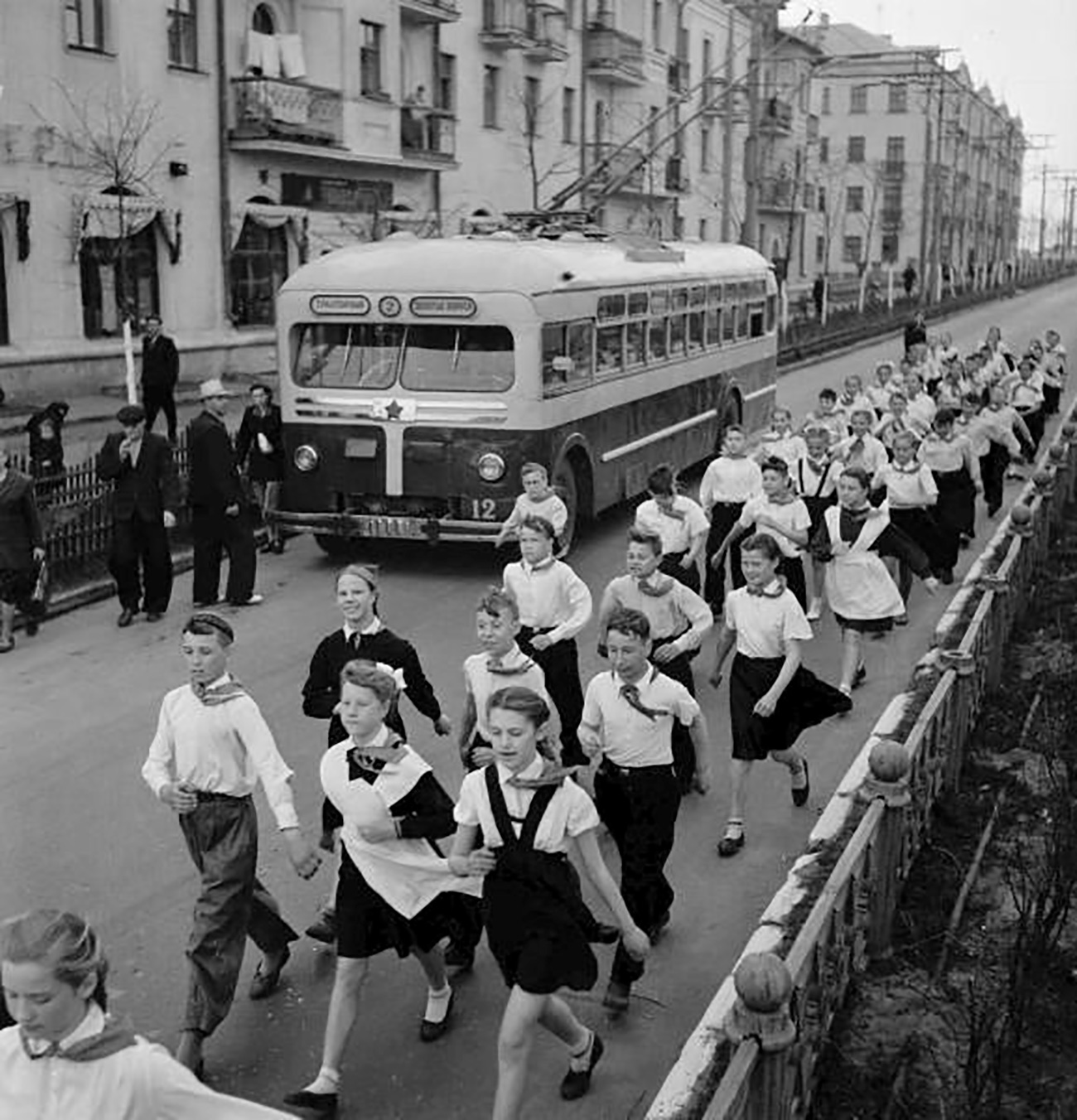
The collars ranged from the stand-up type to various forms of turn-down styles. And they represented a veritable springboard for self-expression. Theoretically it was possible to buy cheap, standard white collars and cuffs (they were replaceable and self-sewn, and detached each week for washing), but not many did so.
Vsevolog Tarasevich/MAMM/russiainphoto.ru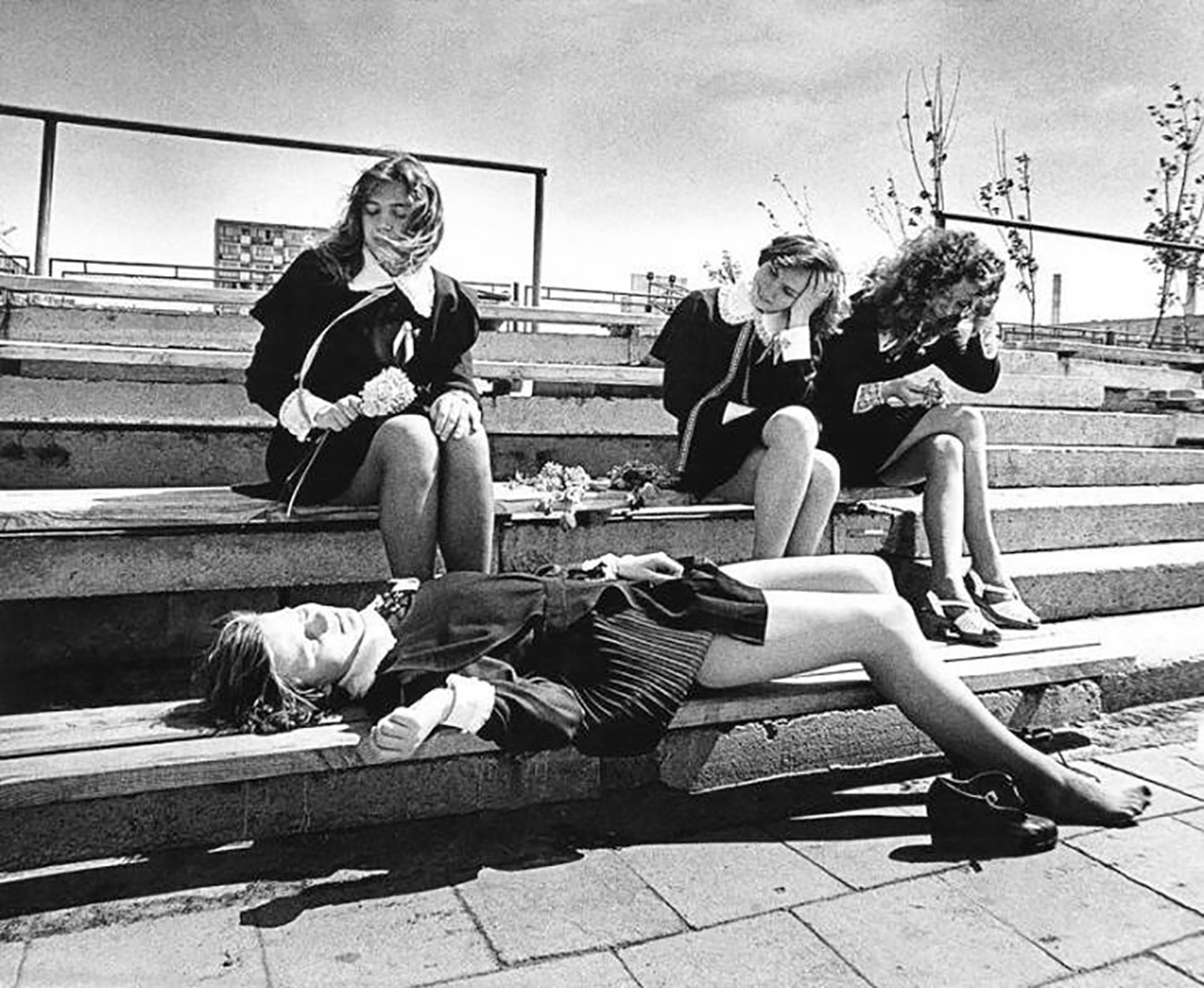
As a minor accessory, even the most hard-up families could afford a bit of variety. Collars and cuffs were sewn separately out of guipure, satin yarn and strips of lace, and finished with frills or braiding. Those able to do so knitted crochet or even wove real lace.
Vatslovas Straukas/MAMM/russiainphoto.ru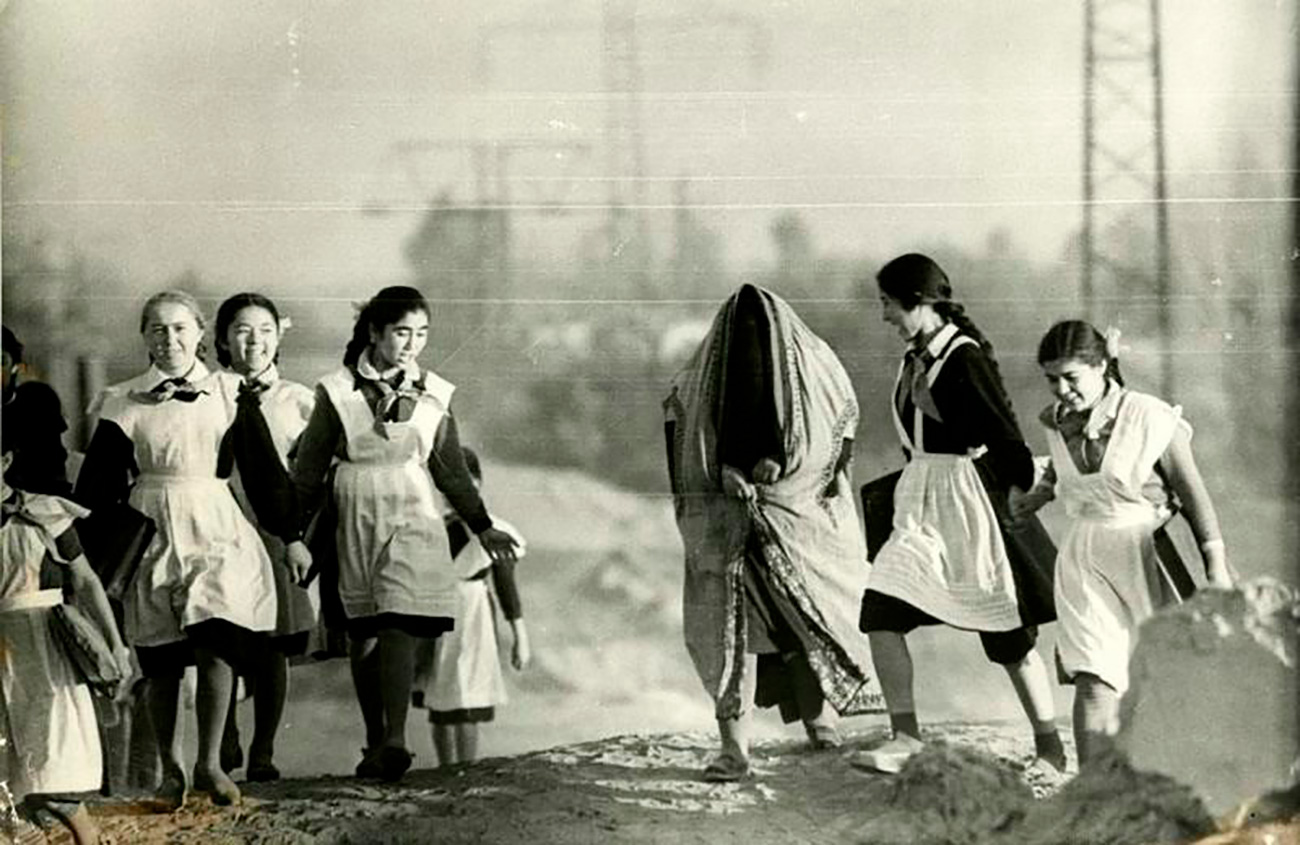
The skills that girls learned during their mandatory sewing and dressmaking lessons at schools allowed many of them to create their own stylish collars and cuffs without the intervention of mother. Despite the prevailing requirement for sameness in Soviet schools, when it came to collars and cuffs, imagination and sophistication were never condemned.
Vsevolod Tarasevich/MAMM/russiainphoto.ru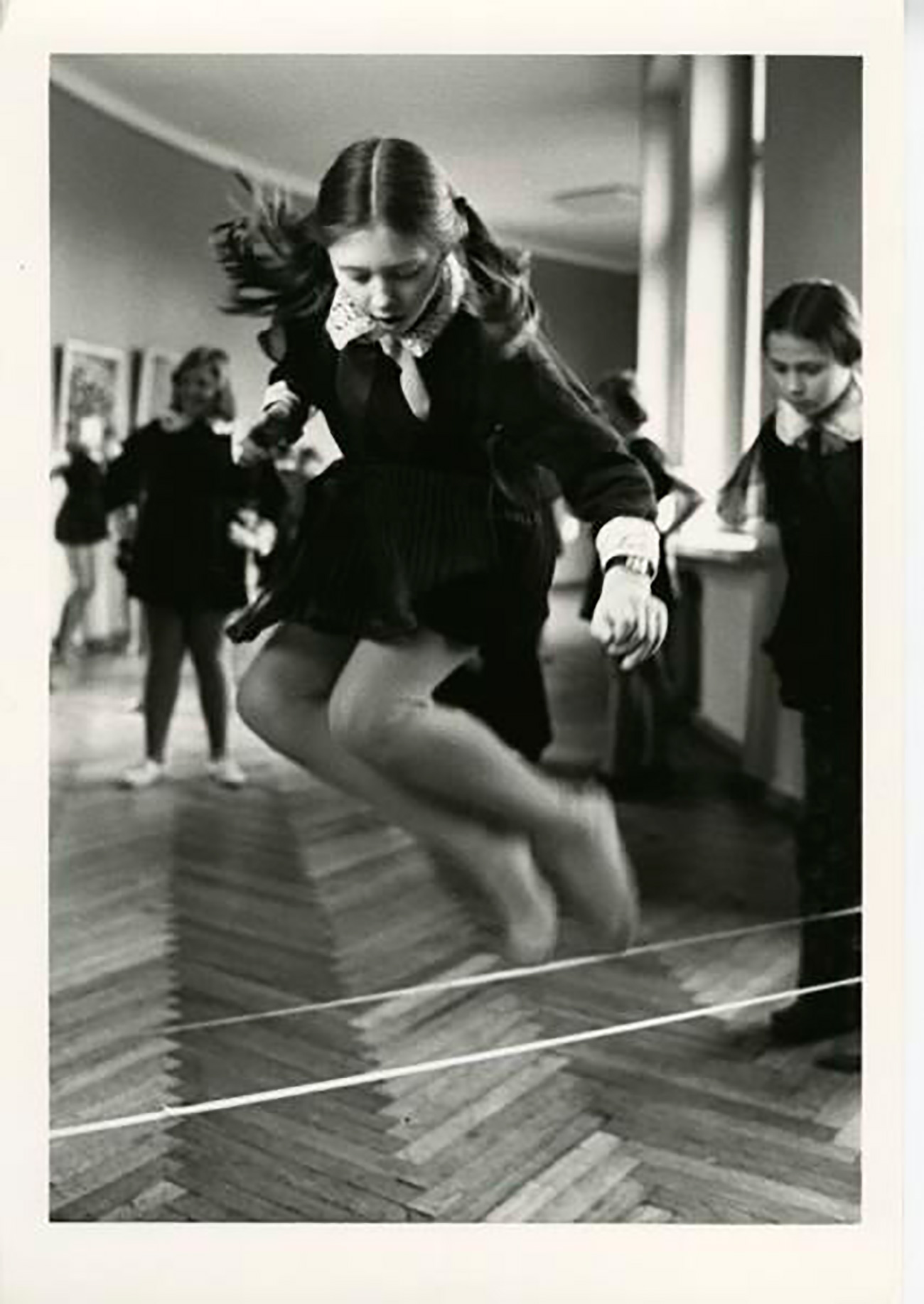
Another way to stand out from the crowd was by donning a white pinafore. Black pinafores were mostly bought half-woolen, all the same style. Girls wore them without bothering too much. But a white pinafore offered more scope for maneuver. They were the simplest and cheapest option, but many preferred to sew their own. It could be made from the most refined guipure or even silk—with folds, flounces or even pleating on the arms, plus collars and pockets. It was trimmed with lace in various arrangements, with hemstitches and other unusual details.
Viktor Akhlomov/MAMM/russiainphoto.ru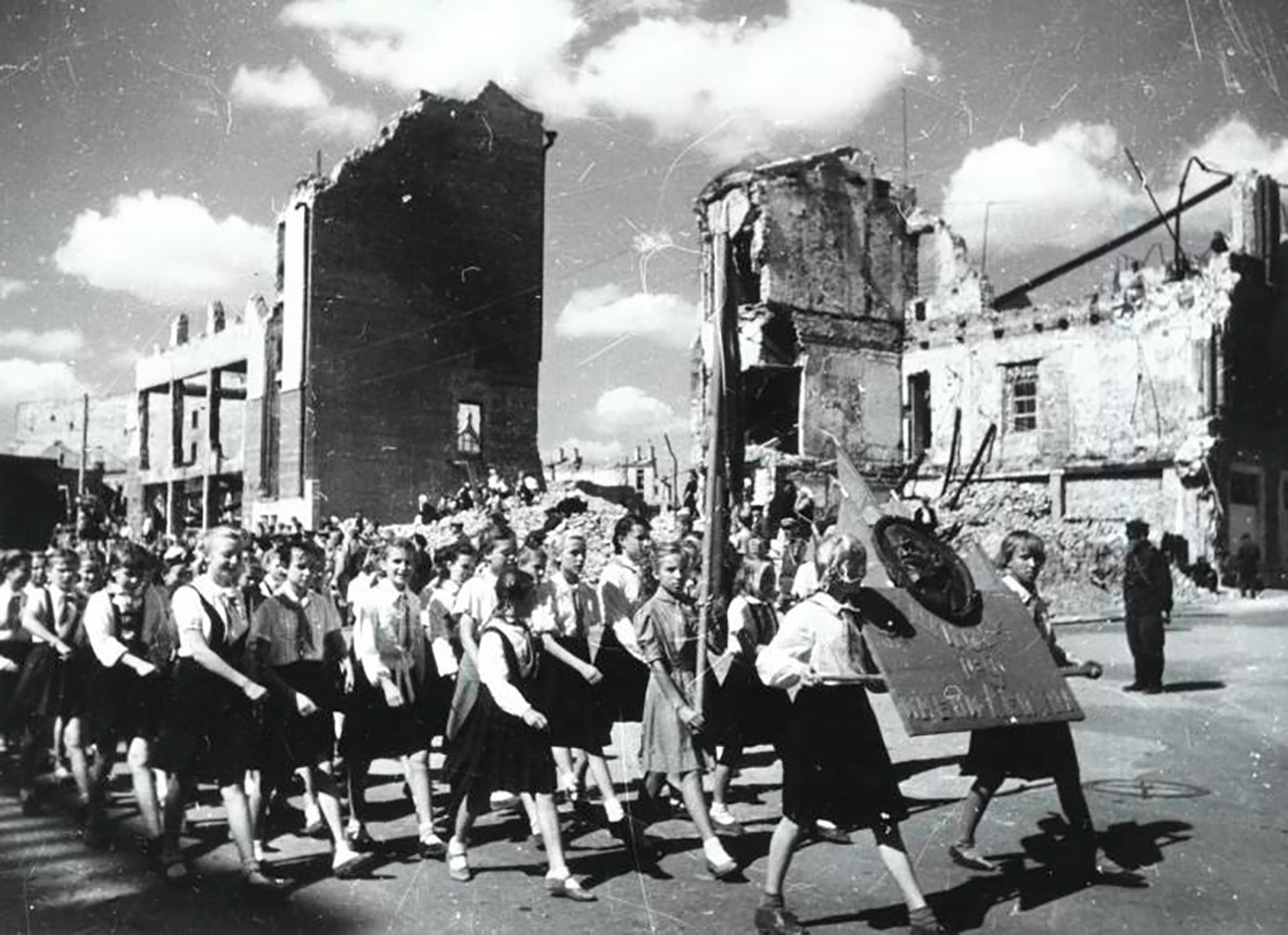
Another mode of self-expression for high school students, starting in the 1960s, was the length of the school dress. Skirts, regardless of the cut, became increasingly—and frighteningly—short.
Semen Frindlaynd/MAMM/russiainphoto.ru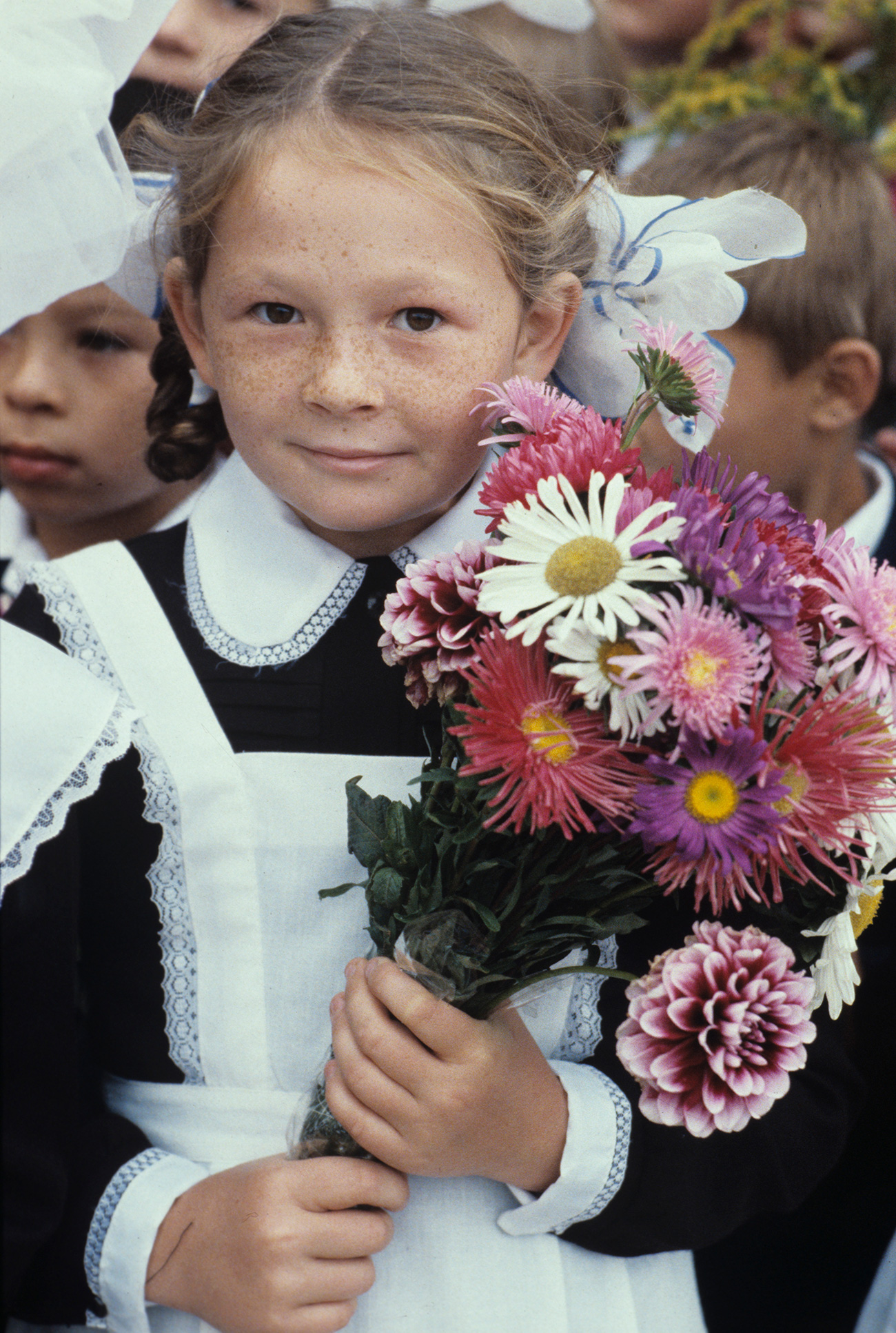
The school uniform was abolished in 1994, after the collapse of the USSR, as a relic of the Soviet past. However, in 2013 it was reintroduced as mandatory. But today the style, color and form vary greatly, and are regulated by each school independently.
Petshakovskiy/RIA NovostiSubscribe
to our newsletter!
Get the week's best stories straight to your inbox